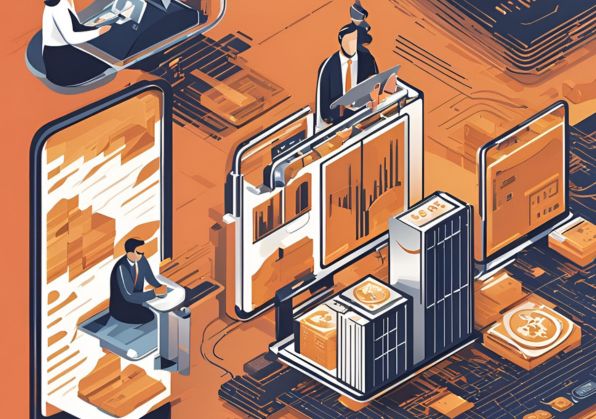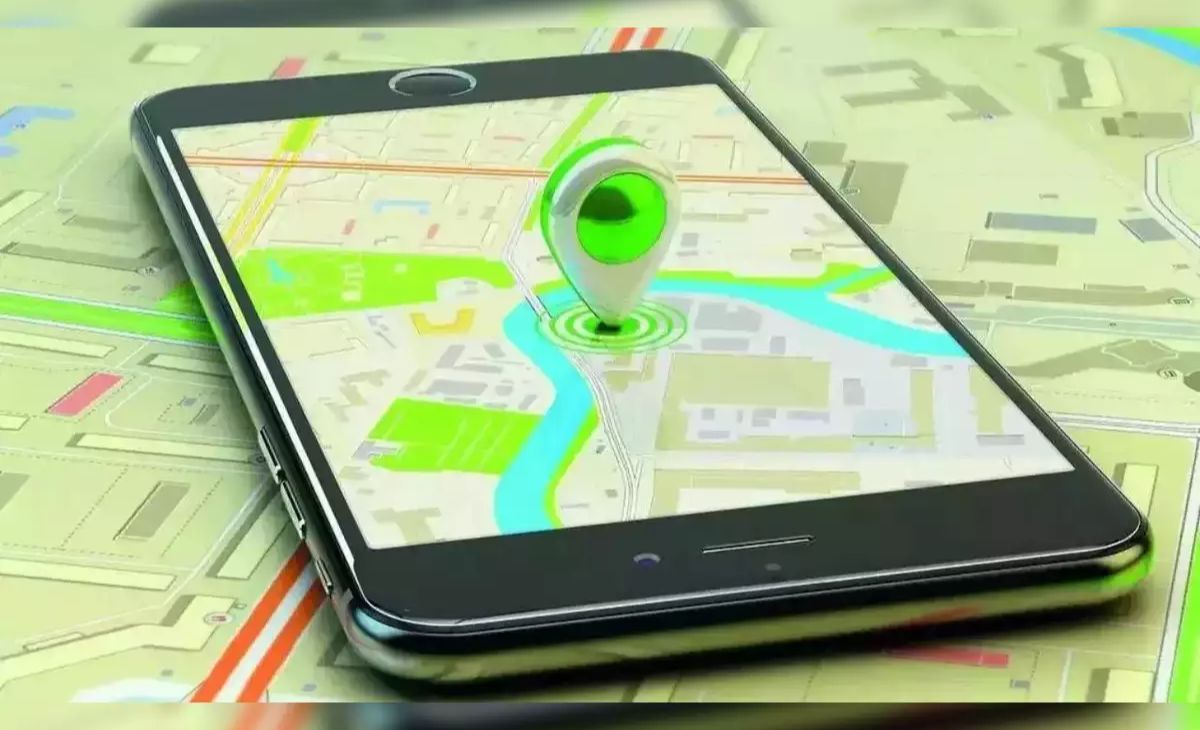The Reserve Bank of India (RBI) is set to revolutionize the lending space with its new Unified Lending Interface (ULI) platform. Announced by Governor Shaktikanta Das on August 26, this technology promises “frictionless credit” across India. ULI, which follows in the footsteps of the highly successful Unified Payments Interface (UPI), aims to streamline and accelerate the credit approval process, particularly for small and rural borrowers. By enabling the seamless flow of digital data, ULI has the potential to change the way credit is accessed, particularly in underserved sectors.
In this blog post, we’ll explore how ULI works, its key features, and the anticipated impact on India’s financial landscape.
The Unified Lending Interface: A Game-Changer for Credit Access
On August 26, RBI Governor Shaktikanta Das introduced the Unified Lending Interface (ULI) technology platform. This platform, designed to provide “frictionless credit” nationwide, marks a major milestone in India’s journey toward a more accessible and efficient financial system. Having been tested as a pilot project in the past year, ULI will soon be implemented across the country.
Das, while addressing the Global Conference on Digital Public Infrastructure and Emerging Technologies in Bengaluru, drew a parallel between the UPI’s success in transforming digital payments and the potential of ULI to revolutionize the lending ecosystem. According to Das, the “new trinity” of JAM (Jan Dhan-Aadhaar-Mobile), UPI, and ULI will be a critical driver of India’s ongoing digital infrastructure development.
4 Key Features of the ULI Platform
- Streamlined Credit Approval Process: The ULI platform promises to simplify the credit appraisal process by leveraging digital information that was traditionally scattered across various financial and non-financial silos. This reduces the amount of paperwork needed and drastically cuts the time required for credit approval, especially for small and rural borrowers.
- Consent-Based Data Flow: The platform allows for seamless, consent-based sharing of data, including land records from different states. This feature particularly benefits agricultural and MSME (Micro, Small & Medium Enterprises) borrowers who often struggle with access to credit due to incomplete documentation.
- Standardized API Architecture: ULI operates on standardized APIs, creating a ‘plug-and-play’ architecture that simplifies integration across various financial institutions. This common platform reduces the complexity of aligning different technical systems and allows lenders to provide faster services to borrowers.
- Digital Empowerment for Rural and Small Borrowers: Small and rural borrowers, often excluded from formal credit avenues due to logistical and bureaucratic hurdles, stand to benefit the most. The ability to digitize and share land records, tax returns, and other documents helps these borrowers qualify for loans they may not have been able to access before.
The Success of UPI and the Road Ahead for ULI
Governor Das highlighted how UPI has successfully simplified payments for individuals and businesses, contributing to an impressive growth in digital transactions. With more than 8.9 billion transactions processed via UPI in July 2023 alone, the platform has firmly established itself as a global leader in payments technology. Following this model, ULI is expected to cater to the growing demand for credit, especially among underbanked sectors, by reducing friction and lowering barriers to credit access.
Much like how UPI has opened up banking services to millions of unbanked Indians, ULI has the potential to do the same for borrowers who have traditionally faced challenges in obtaining credit.
Anticipated Impact on India’s Economy and Financial Sector
By accelerating the credit approval process, ULI can stimulate economic activity, particularly in sectors that are crucial to India’s GDP growth:
- Agriculture Sector:
India’s agriculture sector employs around 42.6% of the labor force and contributes approximately 18% to the country’s GDP. However, access to timely and affordable credit remains a major obstacle for farmers. By simplifying the loan approval process, ULI is expected to provide much-needed support to this sector, ensuring that farmers can access loans with minimal delay. - MSMEs:
MSMEs contribute over 30% to India’s GDP and employ 110 million people. Yet, lack of access to formal credit has hindered the growth of this sector. ULI, by offering faster and simpler credit appraisal, has the potential to unlock new growth opportunities for MSMEs, facilitating entrepreneurship and innovation. - Financial Inclusion:
ULI’s emphasis on rural and underbanked borrowers can accelerate financial inclusion, a key objective of India’s development agenda. As of 2021, only 27% of India’s rural population had access to formal banking services. ULI, combined with government initiatives such as the Pradhan Mantri Jan Dhan Yojana (PMJDY), could push these numbers significantly higher.
Conclusion: A Revolution in Digital Lending
The Unified Lending Interface (ULI) represents a significant leap forward for India’s financial sector. With its ability to cut down the complexities of credit approval, particularly for underserved segments like agriculture and MSMEs, ULI is poised to revolutionize how credit is disbursed across the country.
Governor Das’s vision of a “JAM-UPI-ULI” trinity holds immense promise for fostering digital growth and economic inclusivity. As ULI moves from its pilot stage to nationwide implementation, it will be crucial in driving financial inclusion and making India’s financial system more efficient, customer-centric, and resilient.
Disclaimer: The information in this blog is based on the announcement made by RBI Governor Shaktikanta Das and available sources as of August 26, 2024. The actual impact of the Unified Lending Interface (ULI) may vary depending on future policy changes and the platform’s rollout across different regions. Please consult official RBI communications for the most accurate and up-to-date information.




